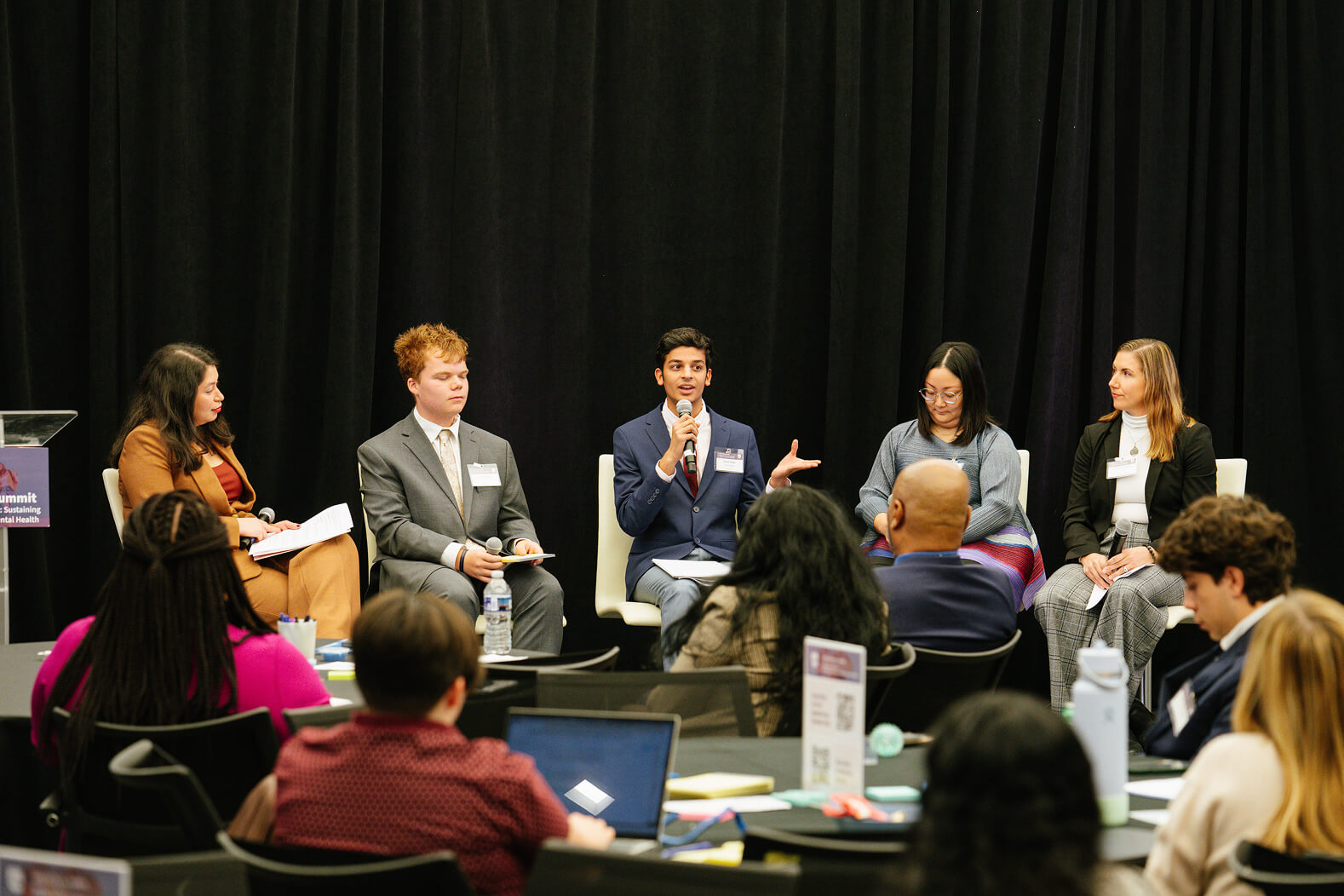What a Mother Learned After Losing Her Son to Suicide
The first item in their new house was a green army guy that Joey placed on top of a motion detector to keep everyone safe. ...

By Rohan Satija, The Jed Foundation Youth Advocacy Coalition Texas Fellow ’25
Growing up in Auckland, New Zealand, my childhood was characterized by family trips to the beach, frolicking around with my sister, and cooking dinner with my grandparents. Community was an inherent part of my everyday life, so when I immigrated from New Zealand to Austin, Texas, at the age of 10, I expected that same sense of belonging to follow me.
However, my new world felt bigger yet lonelier. I was bullied for my strange accent and other cultural differences from my peers, and I faced anxiety and panic attacks as a result. That year, I began shrinking myself. I rehearsed specific words in the mirror and started mimicking the way my classmates spoke. I felt like I had to trade in my identity to fit in at my new home.
What helped me find my voice again? Ironically, it was other people’s voices. I found comfort in books, especially those that featured South Asian characters whom I could relate to. When they won in their stories, I believed I could too.
Over time, I realized I should try telling my own story instead of just consuming others’ stories. I began writing narratives in fifth grade and joined the theater department at my school. In my narratives, I wrote about struggling to find belonging and feeling immense shame whenever I had a less-than-ideal social interaction. In theater, I played other characters, and by portraying their stories, I built my confidence and empathy on stage. I realized that examining both external and internal narratives can help us have a clearer understanding of our lives.
As I grew more comfortable on stage, that confidence began to spill over into my everyday life. I stopped rehearsing conversations in my head before they happened and started speaking more freely, without worrying about saying the “wrong” thing. I noticed that my voice stopped trembling when speaking in class, and I didn’t feel the heat rise to my face whenever I spoke. I began to trust that whatever I said, even if I made a mistake, was enough. Theater taught me that I didn’t have to perform to belong, and I could just be myself.
Evidence shows that drama and theatrical interventions can support mental health. A 2023 meta-analysis of 25 drama-based studies (totaling 797 participants) found that these interventions had the potential to improve trauma-related disorders and psychological well-being. In another study, participants were asked a series of factual questions about mental health symptoms before and after watching a play centered around mental health challenges for Latino youth; their correct answers on a question related to recognizing signs of mental health concerns rose from 31% before the play to 59% afterward. This data shows that storytelling and drama can be used for self-expression, and they have a measurable impact on our mental health outcomes.
In fifth grade, I co-founded my nonprofit, Let’s Learn Foundation, with my younger sister after learning that many children in Texas lacked access to the same books that had been my lifeline. We started by selling cookies and lemonade to raise funds. Now, seven years later, we’ve delivered over 60,000 books, 100,000 school supplies, and 5,000 mental health kits to more than 13,000 students in under-resourced communities. We intentionally choose books depicting characters of a variety of cultures and races so that children can see themselves reflected in what they read.
I also founded the Vibrant Voices Project, guiding youth in juvenile detention to write and perform monologues about mental health. Over 60 students across three facilities have participated so far, and many have shared that telling their stories helped them “feel more seen” by their peers.
Now, as a JED Texas Mental Health Youth Advocacy Fellow, I continue using storytelling to drive change. Humans, at our core, are storytellers. We are hardwired to respond to others’ stories, which have an amazing power to generate empathy. Stories can humanize data and offer new perspectives to people, often influencing their behavior and the way they think.
I’ve learned through my fellowship that personal narratives can become powerful policy tools. For example, when a young person shares what it’s like to have limited mental health support at school, their lived experience becomes evidence of a policy gap. This is why storytelling is so important. When we invest in creative expression, such as drama programs and arts education, we’re funding empathy and supporting mental health. Storytelling is a form of early intervention, and it needs to be treated as such.
If you are reading this and carrying something heavy, try setting a timer for 10 minutes and writing about whatever emotions come to mind. Don’t worry about neatness or grammar, just let your writing flow. And if you feel brave, read a line to someone you trust. Each sentence can be a step toward reclaiming your story.
Visit JED’s Mental Health Resource Center to find easy-to-use tools and tips for managing feelings like anxiety and sadness, as well as guides to supporting the people you love, including how to get professional support if you—or they—need it. You can also find specific resources to help you deal with bullying.
If you’re interested in storytelling, you can check out the following resources:
For film, digital series, and podcasts: The Mental Health Media Guide
If you or someone you know needs to talk to someone right now, text, call, or chat 988 for a free confidential conversation with a trained counselor 24/7.
You can also contact the Crisis Text Line by texting HOME to 741-741.
If this is a medical emergency or if there is immediate danger of harm, call 911 and explain that you need support for a mental health crisis.